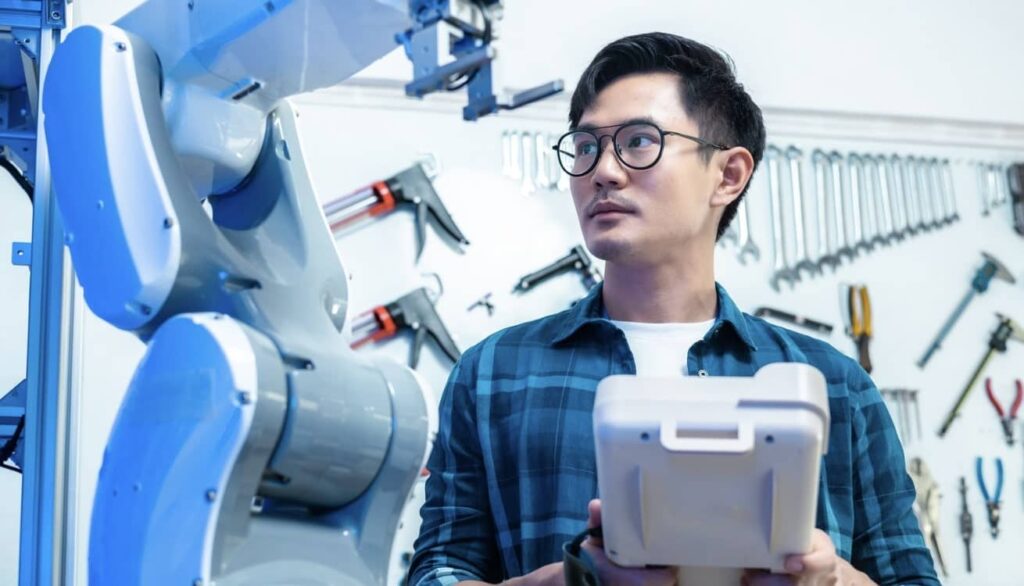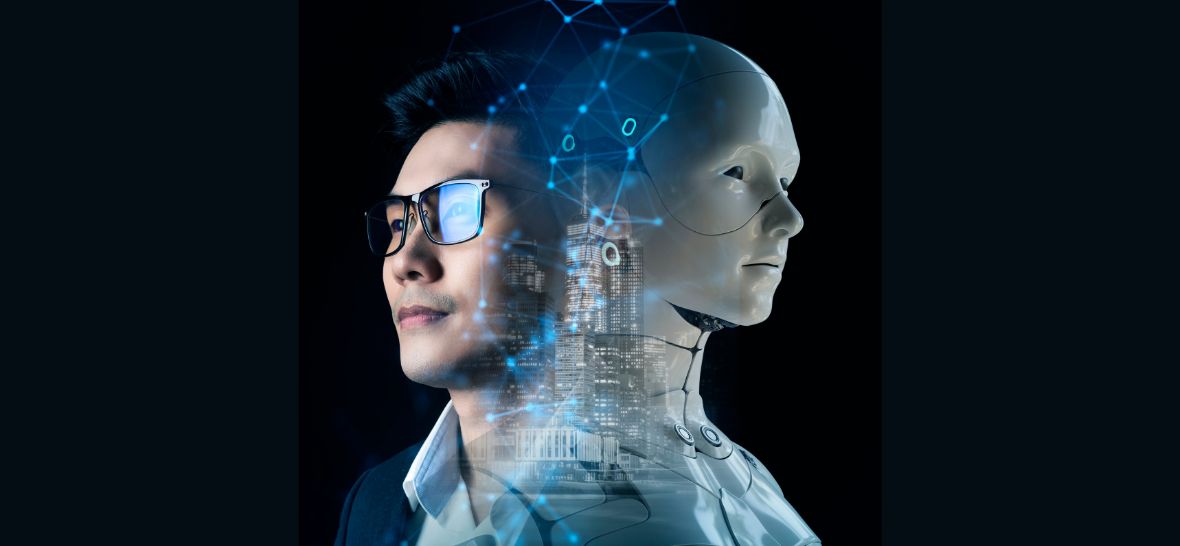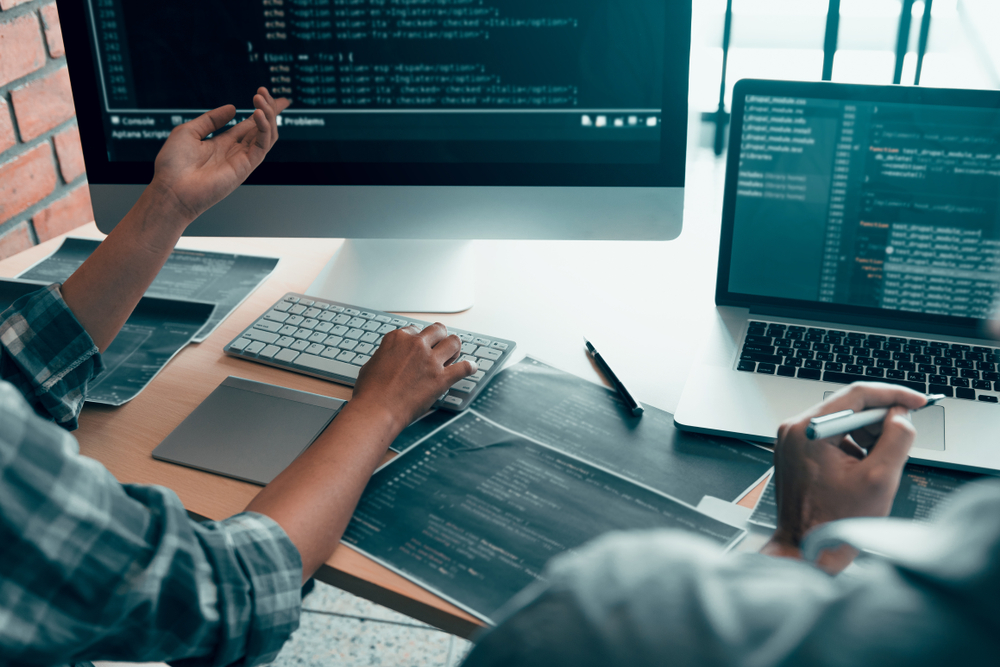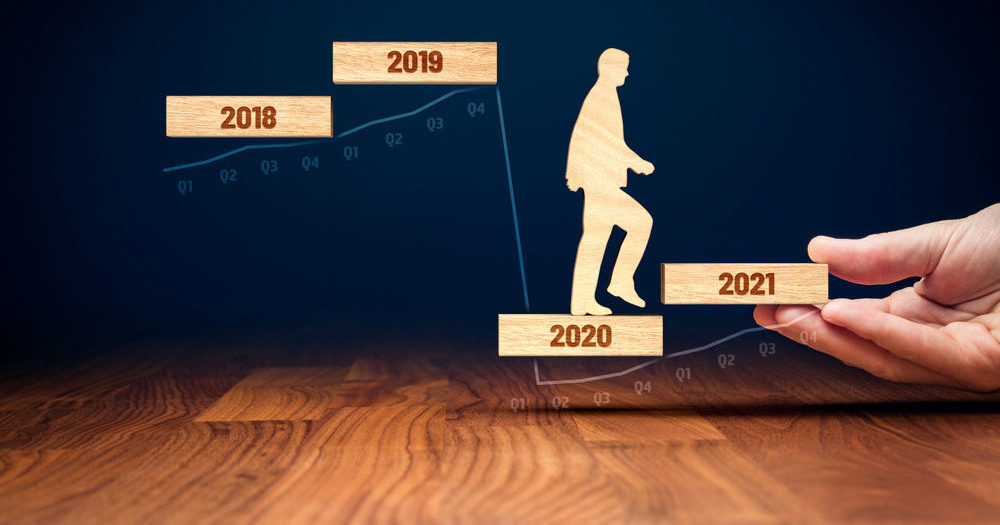Cyber threats are at an all-time high, with threat actors launching sophisticated attacks at-will to exploit vulnerabilities and breach networks.
The biggest vulnerability enterprises face, however, is not technical. Rather. it is the workforce. Many security teams worldwide remain understaffed and face increasing workloads. The talent gap is widening year after year, with an estimated 3.5 million cyber security jobs poised to remain unfulfilled in 2024.
The crippling staff shortage increases security risks. Understaffed teams delay response time. The increasing workloads and the pressure on time increase the chances of mistakes. Overworked employees also face burnout.
Trying to attract top talent no longer works, even if enterprises are willing to pay hefty remuneration. Skill development has not kept pace with tech developments. There are simply not enough cybersecurity professionals to fill the gaps.
Enterprises now look to automation and Artificial Intelligence (AI) to bridge the gap.
Automation of routine tasks
Cybersecurity is becoming increasingly complex. The increasing sophistication of attacks necessitates proactive measures and a focused approach to tackle them head-on. But the enterprise security team often gets bogged down by repetitive, time-consuming tasks, and cannot give emergent threats much attention. Tasks such as log monitoring, vulnerability scanning, and patching consume the bulk of the security team’s time. Automating these repetitive tasks reduces human error and delays and frees up the security team for higher-level tasks.
Rule-based automation suffices for basic security tasks. Consider patch deployment. Software vulnerabilities are inevitable. Timely patches ensure systems remain up-to-date, reducing the window of vulnerability. But human errors, such as skipping an update or installing a wrong version, are commonplace, offering threat actors an opportunity to exploit the vulnerability. Automation delivers timely updates with high accuracy, eliminating human errors.
AI expands the scope of routine automation. Machine learning algorithms learn from human-to-machine interactions to apply context-based rules. Consider a Security Operations Center (SOC) isolating many endpoints across different vendors. Doing it the conventional way involves working in separate consoles followed by validation. This becomes a very laborious and time-consuming process. An AI-driven platform learns how analysts interact with the environment. It soon conjures up a playbook that automates the workflow.
Threat detection and response
Many enterprises deploy separate point solutions to monitor and protect specific network parts. Such an approach forces the security team to detect and respond to attacks in manual mode. Lack of access to information and alert fatigue often result in human analysts missing attack indicators. Even when security teams identify an attack, they may struggle with identifying the most apt response. They may, for instance, lack insights to remediate the root cause.

Combining AI with network telemetry improves threat detection and response.
AI correlates data from diverse sources and offers complete visibility. Blind spots, which are common in traditional networks, get eliminated. remain minimal. Algorithms analyse network traffic, user behaviour, and system logs to identify patterns. It also scales the already available human knowledge. The system detects anomalies from such data. The anomaly detection takes place in real-time, making it possible to identify zero-day exploits and insider threats that human analysts often miss.
The algorithm also automates the initial response actions. Depending on the algorithm training, it may:
- quarantine the infected systems
- block the malicious IP addresses, or
- perform any other appropriate action.
The prompt initial response prevents escalation. The AI-based automated system holds the fort until security teams can get their act together to mitigate the damage.
Security analysts can also deploy AI Assistants to assess the impact of any proposed action. AI provides the security team with context-based recommendations and assistance. They can use these insights to breeze through complex tasks. Without AI, executing these tasks consumes too much time and involves a lot of stress. With AI, even novices become empowered to handle complex issues and see them through to completion.
AI also speeds things up. For instance, details that provide context might reside in hundreds of different consoles. With AI, analysts can get these insights with a couple of clicks. The instant, unified views reduce alert fatigue and help prioritise threats.
Standardisation of security responses
Another big value addition offered by AI is standardisation.
Security teams often lack a cohesive technology stack or approach to respond to cyber threats. Without standardised procedures, different teams apply security measures in different ways. Such an approach creates gaps and vulnerabilities in the security posture. The situation is akin to plastering a wall with mismatched materials
The lack of standardised processes has also been a major reason for human error. Multiple security tools and contrasting settings become difficult to manage. The complexity increases the risk of misconfigurations and human error.
AI-powered tools ensure standardisation, uniformity, and consistency. Improved collaboration and efficiency are spin-off benefits.
Enabling predictive security
Another big use of AI is in predictive security. AI’s analytical prowess pre-empts cyber threats.
AI algorithms learn from attacks and system behaviour to predict threats and develop threat modes. The algorithms analyse network traffic and user behaviours to identify suspicious patterns. When such patterns return, it indicates an impending attack. For instance, if a user logs in at odd hours and accesses resources that they do not usually access, it triggers a red flag.
Security teams use such warnings to take prompt countermeasures. In the meantime, the algorithm may execute immediate steps to halt the threat on its tracks. It may, for instance, block the account or shut down the affected network part.
The importance of a comprehensive approach
Automation and AI are force multipliers that help human security teams enforce better security. Security experts, free of routine time-consuming tasks, get more time for strategic planning. They can also delve deeper into complex security incidents escalated by automated tools. More than eight out of ten cybersecurity professionals agree that AI improves their job efficiency.
But using automation and AI is isolation will not yield effective results. Likewise, replacing humans with AI and automation tools is a recipe for disaster. AI excels at spotting patterns, ensuring accuracy, and speeding up things. But it is no substitute for human judgment. Effectiveness depends on a strategy that co-opts people with processes and technology.
Prioritise areas for automation. There are too many security functions in any enterprise to automate everything at once. Budgetary constraints also limit the scope of technology adoption. Success rests on a balance between automation and leaving things in the hands of the workforce. For best results, analyse security operations and identify the most critical labour-intensive tasks. Such tasks make good candidates for automation.












